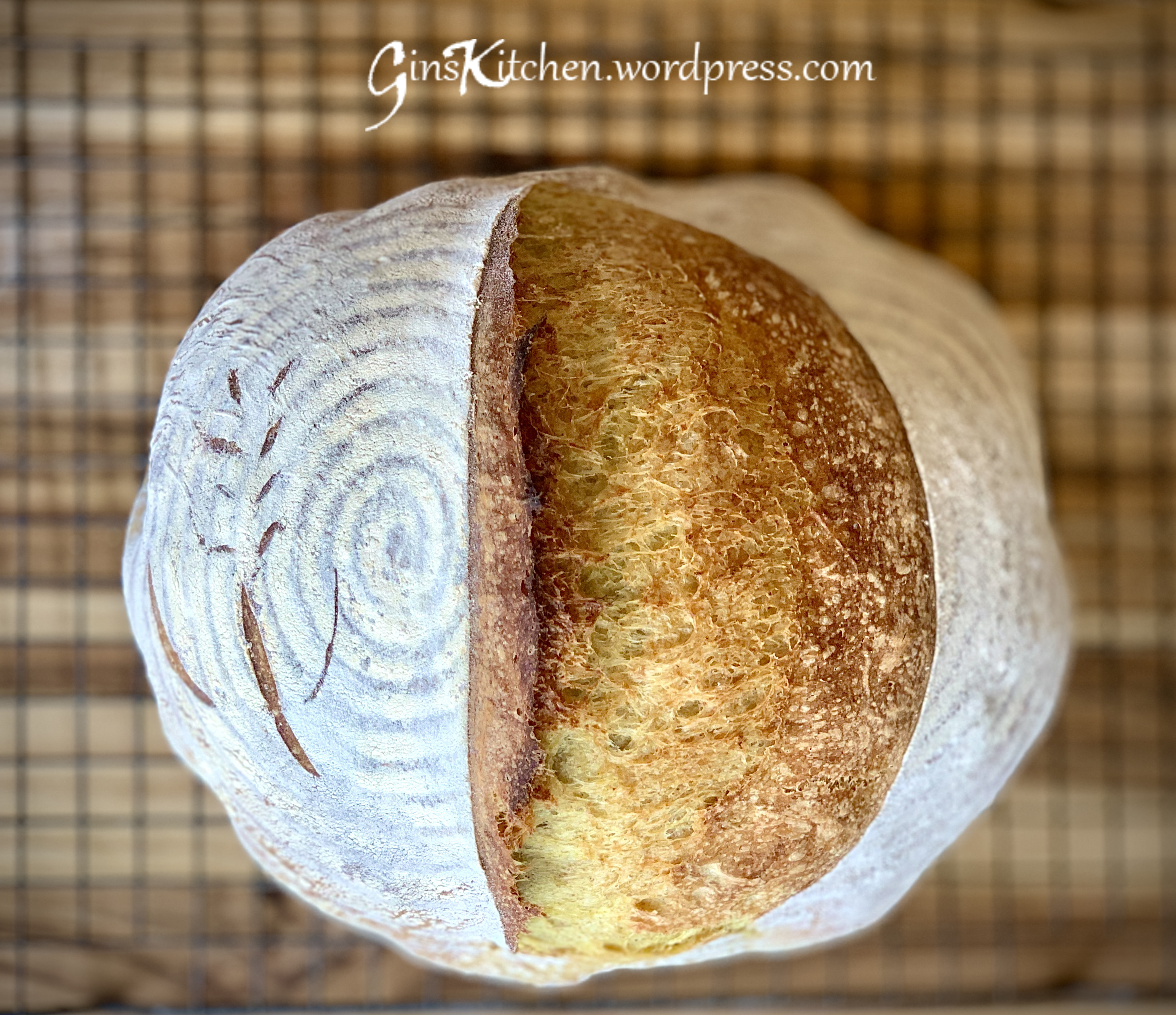
These buttery, flaky biscuits are the perfect side dish for holidays—they go well with turkey, prime rib, or any seafood main course. You will love these biscuits as there are lots of layers, the tops are nicely golden brown, and the bottoms are crispy. Not only they are good for holidays meals, but also for breakfast along with scrambled eggs, bacon, and sausage. Most importantly, they are so simple to make and great for beginners as well. So, stop eating those biscuits out of a can and try making them from scratch.
Ingredients:
| 370g (2 1/2 cup) | All purpose flour |
| 2 Tbsp | Baking powder |
| 1 Tbsp | Granulated sugar |
| 1 Cup | Buttermilk (very cold) |
| 1 stick | Butter (chilled and grated) |
| 1 tsp | Kosher Salt |
Method:
- In a large mixing bowl, combine flour, baking powder, salt and sugar. (Picture 1)
- Use a grater to grate butter over the flour mixture and quickly toss with your hands. (Picture 2)
- Pour in buttermilk and stir until just combined. (Pictures 3 & 4)
- Transfer the dough to a clean work surface / chopping board. (Picture 5)
- Shape the dough into a rectangle, about 1″ thick, fold the dough into thirds. (Picture 6)
- Use a rolling pin, slightly roll it back into a 1″ thick rectangle (do not roll hard to flatten it), repeating the folding process (step 5 above) 2 more times.
- Now that the dough is back to a 1″ thick rectangle after folding 3 times, use a small round cookie cutter (about 2″ in diameter) to press down and cut out the biscuits. (Picture 7)
- Line air fryer basket with parchment paper, place biscuits 1/2″ apart, brush tops with melted butter. (Picture 7)
- Cook at 400F until tops are lightly golden (about 10-12 minutes).
- Serve warm.
** If you bake these in the oven, preheat the oven to 425F while mixings the dough. Bake for about 20 minutes until tops are lightly golden.


















































































